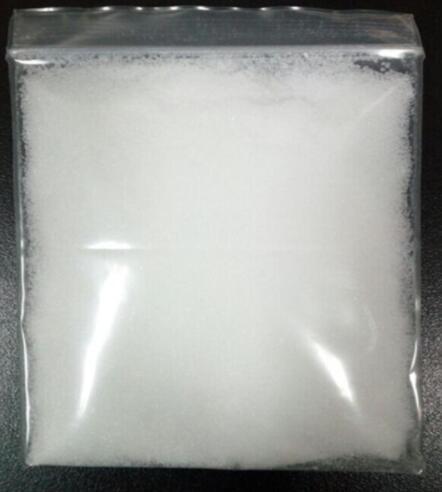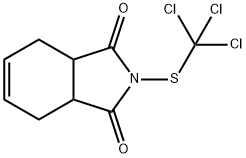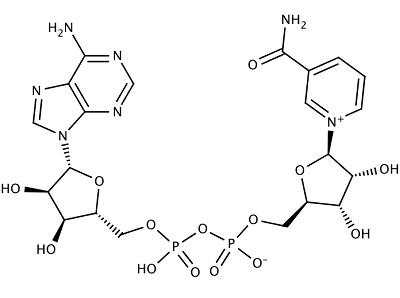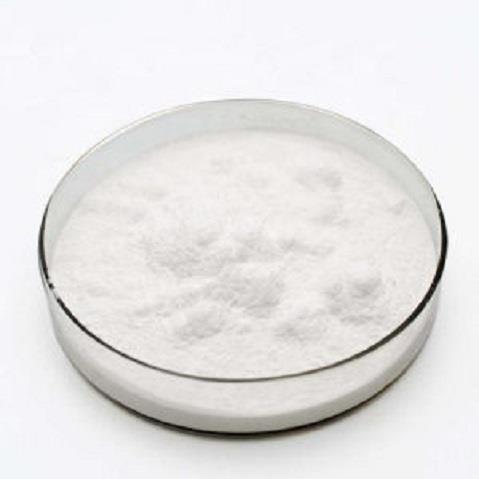Applications of Captan
Captan was first registered in 1951 and was widely employed for many antifungal uses. Its use has been limited over the years, mostly based on cancer risks.

Applications
Although it can be applied on its own, Captan is often added as a component of other pesticide mixtures. It is used to control diseases on a number of fruits and vegetables as well as ornamental plants. It also improves the outward appearance of many fruits, making them brighter and healthier-looking. Captan is utilized by both home and agricultural growers and is often applied during apple production. It is also active against certain oomycetes, such as Pythium, making it useful for controlling damping off.
Environmental Fate
The half-life of captan is 1–10 days in a soil environment, and hours to days in water depending on acidities and temperatures. Captan is not mobile in soil but can significantly evaporate from the soil surface. It is quickly degraded in neutral water.
Mechanism of Toxicity
Liver enzymes were modulated after repeated captan exposure at relatively high dosage. Evidence suggested that captan caused the breakdown of the inner membrane of mitochondria. In vitro studies showed that captan caused swelling of mitochondria in rat liver and loss of intracellular potassium of human erythrocytes. Captan inhibits mitochondrial function nonspecifically, involving uncoupling of oxidative phosphorylation.
You may like
Lastest Price from Captan manufacturers

US $50.00/kg2025-04-21
- CAS:
- 133-06-2
- Min. Order:
- 1kg
- Purity:
- 0.99
- Supply Ability:
- 100 tons

US $0.00/kg2025-04-11
- CAS:
- 133-06-2
- Min. Order:
- 1kg
- Purity:
- 98
- Supply Ability:
- 1000


